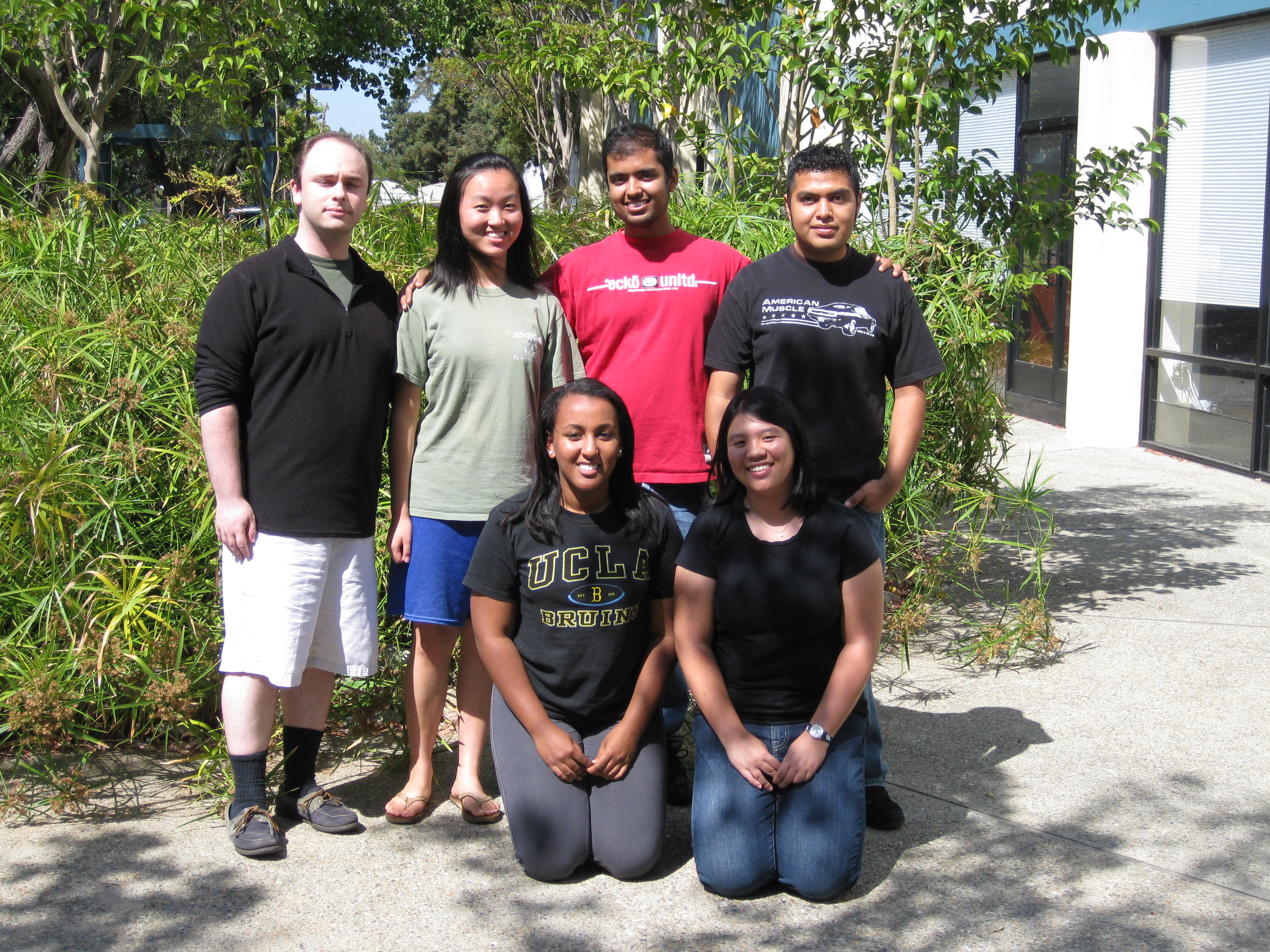Team:Bay Area RSI/Project
From 2009.igem.org
Tsrivastava (Talk | contribs) |
Tsrivastava (Talk | contribs) (→Overall project) |
||
| Line 27: | Line 27: | ||
== '''Overall project''' == | == '''Overall project''' == | ||
| - | + | == '''Motivation''' == | |
| - | + | ||
| - | + | ||
| + | Breast cancer is the most common type of cancer diagnosed in women. We have designed a new treatment delivery method using Her2 receptors, which are over-expressed in about a quarter of breast cancers. Breast cancers that over-express Her2 have poorer prognosis than breast cancers without Her2 amplification. Therefore, we have attempted to build a viable system for the delivery of RNAi into breast cancer cells with many copies of the Her2 receptor. | ||
| + | Breast cancer is the seventh leading cause of death of women in the US, and the leading type of cancer diagnosed in women. To date, there are no therapies that specifically target breast cancer cells while delivering RNAi. Instead, current methodologies still rely on surgical excision of the malignant growth, non-specific systemic administration of cytotoxic drugs, or antibodies that induce non-specific apoptosis by an unknown mechanism. Therefore, to address the need for a novel breast cancer therapy, we designed a method of phage-mediated delivery of shRNA using a breast cancer-specific single-chain antibody that specifically targets breast cancer cells. In addition, to decrease the immunologic response to possible phagemid proteins, we encased the phage in a silica coat. We hope that our system opens the gateway for possible novel cancer therapies not premised on the classical technologies. | ||
| + | == '''Experimental Overview''' == | ||
| + | We targeted cells with Her2 amplification and used RNAi to turn off the Raf-1 gene, which is constitutively on in many cancers. First, we inserted an shRNA sequence coding for mRNA causing knockdown of Raf-1 expression into an AAV cassette containing two ITR's, allowing for episomal replication. This cassette was inserted into our chosen vector, the filamentous bacteriophage FUSE55. An antibody sequence was then added to the phage plasmid in order to target Her2. As an additional feature, we have fused Silicatein and Silintaphin to mStreptavidin, which will bind to a protein tag in the coat. This will cause silicate structures to form on the coat of the phage, thereby reducing the immunotoxicity of the bacteriophage in vivo. | ||
== Project Details== | == Project Details== | ||
Revision as of 00:20, 22 October 2009
| You can write a background of your team here. Give us a background of your team, the members, etc. Or tell us more about something of your choosing. | |
|
Breast cancer is the second most common type of cancer diagnosed in women. RNAi has proven to be an effective mechanism in the silencing of oncogenes. Therefore, we have attempted to build a viable system for the delivery of RNAi into breast cancer cells. First, we inserted a shRNA sequence coding for the Raf-1 protein into an AAV cassette containing two ITR's, allowing it to reproduce itself in mammalian cells. This cassette was inserted into our chosen vector, the filamentous bacteriophage FUSE-55. An antibody sequence was then added to the phage plasmid near the coat protein sequence in order to target HER2. As an additional feature, we have fused Silicatein and Silintaphin to mStrepavidin, which will bind to a protein tag in the coat, forming silicate structures on the coat of the phage, thereby reducing the immunotoxicity of the bacteriophage in vivo. | |
| Team Example 2 |
| Home | The Team | The Project | Parts Submitted to the Registry | Modeling | Notebook |
|---|
(Or you can choose different headings. But you must have a team page, a project page, and a notebook page.)
Contents |
Overall project
Motivation
Breast cancer is the most common type of cancer diagnosed in women. We have designed a new treatment delivery method using Her2 receptors, which are over-expressed in about a quarter of breast cancers. Breast cancers that over-express Her2 have poorer prognosis than breast cancers without Her2 amplification. Therefore, we have attempted to build a viable system for the delivery of RNAi into breast cancer cells with many copies of the Her2 receptor.
Breast cancer is the seventh leading cause of death of women in the US, and the leading type of cancer diagnosed in women. To date, there are no therapies that specifically target breast cancer cells while delivering RNAi. Instead, current methodologies still rely on surgical excision of the malignant growth, non-specific systemic administration of cytotoxic drugs, or antibodies that induce non-specific apoptosis by an unknown mechanism. Therefore, to address the need for a novel breast cancer therapy, we designed a method of phage-mediated delivery of shRNA using a breast cancer-specific single-chain antibody that specifically targets breast cancer cells. In addition, to decrease the immunologic response to possible phagemid proteins, we encased the phage in a silica coat. We hope that our system opens the gateway for possible novel cancer therapies not premised on the classical technologies.
Experimental Overview
We targeted cells with Her2 amplification and used RNAi to turn off the Raf-1 gene, which is constitutively on in many cancers. First, we inserted an shRNA sequence coding for mRNA causing knockdown of Raf-1 expression into an AAV cassette containing two ITR's, allowing for episomal replication. This cassette was inserted into our chosen vector, the filamentous bacteriophage FUSE55. An antibody sequence was then added to the phage plasmid in order to target Her2. As an additional feature, we have fused Silicatein and Silintaphin to mStreptavidin, which will bind to a protein tag in the coat. This will cause silicate structures to form on the coat of the phage, thereby reducing the immunotoxicity of the bacteriophage in vivo.
 "
"

